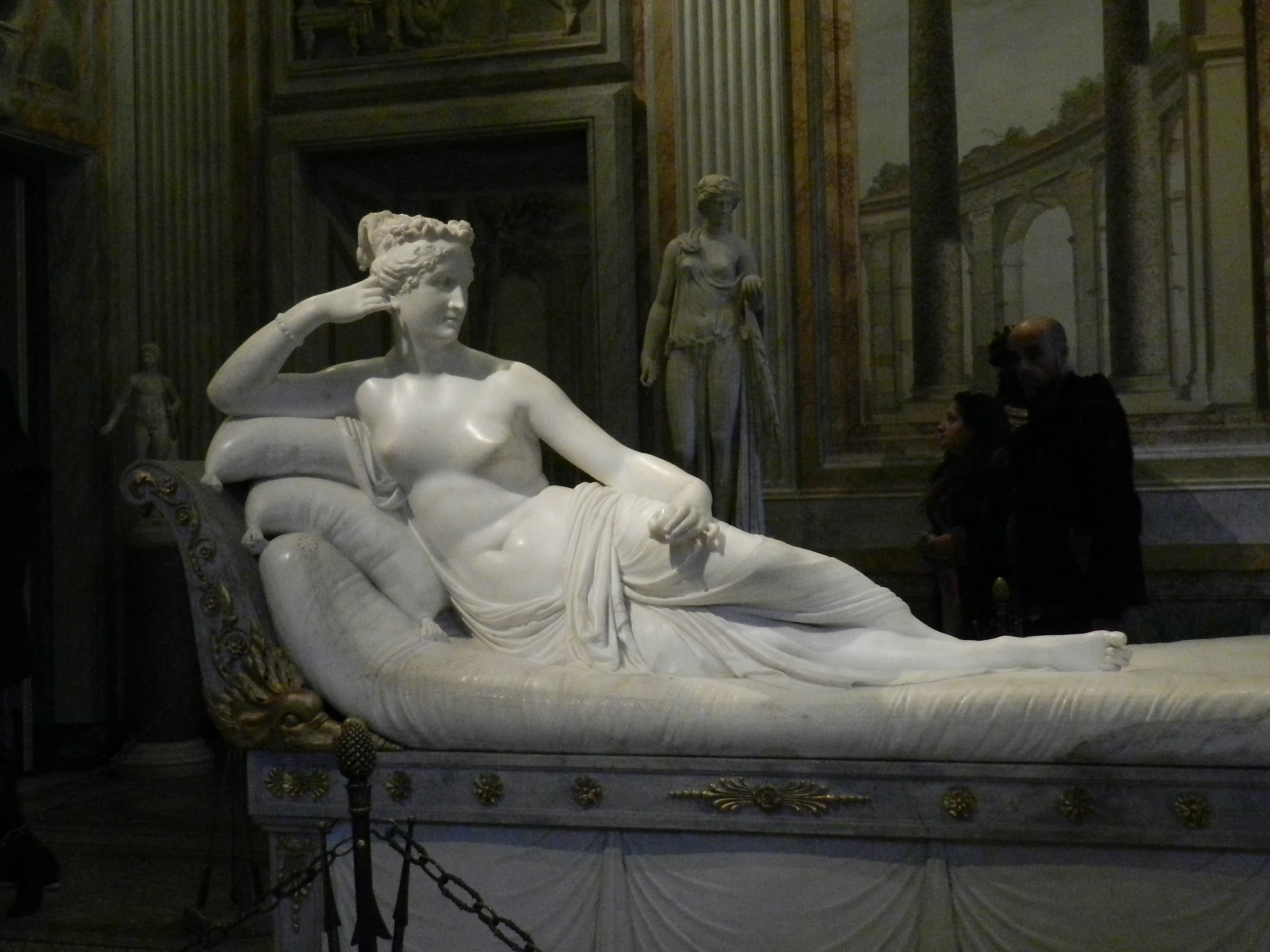
The Borghese Gallery in Rome is perhaps the most fascinating museum in Italy. It is housed in a villa built in the 1600s, the interior stuccoes of which make for the ideal setting of such an exceptional collection of world-famous masterpieces.
Along with bas-reliefs and ancient mosaics of astounding quality, the Gallery – commissioned by Cardinal Scipione Borghese – preserves works of beauty without equals: think paintings by Titian and Caravaggio, and sculptures by Canova and Bernini.
From its beginnings, Villa Borghese was conceived as a place for culture to thrive, where the art of Antiquity could cohabitate with that of the modern age, but not only. Scipione Borghese also dreamed up plans to reproduce nature on a smaller scale, to create a sort of diorama so that Romans could contemplate its plants, animals and even fossil finds. And the Cardinal also hoped to build a library and study, particularly for learning about modern technology (it eventually contained automatons, mirrors, lenses and timepieces), and equally desired an enormous birdcage, a spot for silkworm cultivation, the most rare plants to be found, and a zoo, all together which would constitute the Teatro dell’Universo (Theatre of the Universe).
The History
The Borghese Villa and the circumscribing park (making for the entirety of Villa Borghese) were both realized at the start of the 17th Century, just outside the Eternal city’s Aurelian walls, on terrain that was originally a vineyard. Construction on this petite palace was first entrusted to the architect Flaminio Ponzio, and later to Vasanzio; the large part of it happened within the period of a year, from 1612 on, while interior decor, sculptures and garden landscaping carried on until 1620. It was Ponzio, Pope Paul V’s (i.e. Camillo Borghese, uncle to Scipione) right-hand architect, that designed the Villa’s rooms and their perfect volume, and that preferred the exterior architecture to be in the Doric order, thus freeing it from the traditional aspect seen in suburban Roman villas.
Even if for the fortune Scipione had to be so affluent and well-connected by blood, with his power he was able to create one of the vastest and most significant personal collections in history. Yet the last word in history is nonetheless reserved for those even higher up the food chain than Scipione was: his relative, Camillo, Prince of Sulmona, later surrendered all these treasures to the husband of his sister, Paolina. It was thus that Napoleon Bonaparte came to obtain such a wealth of coveted but unobtainable items, and why they are now the property of the Borghese Fund of the Louvre.
See
Speaking of Paolina Bonaparte Borghese, she was immortalized as marble masterpiece by Canova between 1805 and 1808; in her Neoclassical portrait, she is depicted as Venus Victrix. After Gian Lorenzo Bernini's Apollo and Daphne and The Rape of Proserpina, the Venus Victrix is the most highly-regarded piece in the Borghese Gallery collection.
Beyond these and numerous other marble groups, paintings by Raphael, Titian, Antonello da Messina, Cranach and Caravaggio are exhibited. Particularly, David with the Head of Goliath, from Caravaggio's Neapolitan period, was realized just before his death; it narrates in magnificent chiaroscuro the moment after David's glorious victory agaisnt the giant, emphasizing his severed head, said to be a self-portrait of the controversial painter. (Another highly-esteemed Caravaggio, Boy with a Basket of Fruit, resides here as well.) Then, Rubens's The Deposition - illustrating to grand effect the influences of Classical statuary on the young Flemish artist - Titian's Sacred and Profane Love, and Correggio's Danae - acquired by Camillo Borghese in Paris - are just some of the countless works that justify travel to Rome and visit to the Gallery.
Curiosities
In 1608, Scipione ordered that The Deposition by Raphael be secretly removed from the Baglioni Chapel inside the Church of San Francesco in Perugia. Despite such an unlawful act, once it arrived in Rome, the Pope, using motu proprio, bestowed the painting to Cardinal Scipione.
Shortly before his death in 1633, Scipione had maneuvered to ensure the inalienability of his collection, by way of a legal device known as fideicommissum; it was an attempt to obligate all Borghese heirs to keep the collection intact - an obligation they were not quite able to fulfill.



